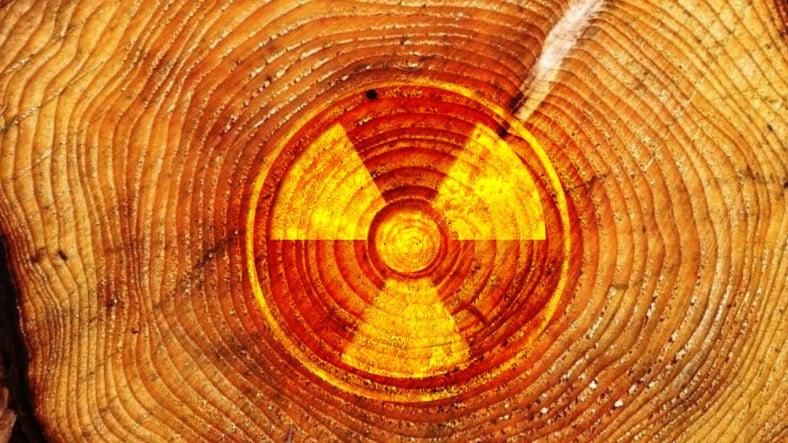Radioactive Tracers: Revolutionizing Medical Diagnosis and Treatment

The use of radioactive tracers has revolutionized the field of medical diagnosis and treatment. By tagging molecules and substances with radioactive isotopes, doctors are able to non-invasively track their movement and localization inside the human body. This has opened up new avenues for understanding disease pathology as well as personalizing treatment strategies. In this article, we discuss the basics of radioactive tracers and highlight some of their major applications in modern medicine.
What are Radioactive Tracers?
A radioactive tracer is a substance that has been tagged with a radioactive isotope. The most commonly used radioactive isotopes for tracers are technetium-99m, iodine-123, iodine-131, fluorine-18 and carbon-11. These isotopes decay and emit gamma rays that can be detected by special imaging devices known as scintillation cameras or PET cameras. By tracking where in the body these radioactive emissions are coming from, doctors can follow the path taken by the tagged substance.
Some key aspects of radioactive tracers include:
- They emit detectable gamma radiation as their unstable atomic nuclei decay. This allows external scintillation cameras to track their biodistribution non-invasively.
- They are administered in minute amounts and pose negligible radiation hazards as their effective dose is very low.
- Their metabolic pathways usually mimic natural molecules, allowing insights into normal physiology and disease processes.
- They can be tagged to a wide range of molecules like glucose, fatty acids, peptides, neurotransmitters, etc. opening up diagnostic applications in multiple medical fields.
Major Applications
Nuclear Medicine Imaging
One of the most widespread applications of radioactive tracers is in nuclear medicine imaging techniques. Two of the commonly used modalities are discussed below:
- SPECT (Single Photon Emission Computed Tomography): Tracers that emit gamma rays like technetium-99m are detected by a SPECT scanner to generate 3D images of internal organ function. Common SPECT scans include bone scans, cardiac perfusion scans and thyroid scans.
- PET (Positron Emission Tomography): Tracers labeled with positron emitters like fluorine-18 decay and produce signals detected by the PET scanner. Along with glucose and amino acid tracers, PET scans have applications in cancer diagnosis, dementia evaluation and cardiac disease detection.
Cardiology
In cardiology, Radioactive Tracers techniques are very useful for evaluating blood flow and pumping ability of the heart. Stress tests using radioactive tracers can precisely detect areas of reduced perfusion that may indicate blocked coronary arteries. Radiolabeled compounds are also being explored for molecular imaging of atherosclerosis and vulnerable cardiac plaques.
Neurology
Neurological disorders like Alzheimer's and Parkinson's disease alter the brain's metabolism which can be visualized using radioactive glucose and other tracers on PET scans. This aids early and differential diagnosis. Receptor mapping tracers further help understand disease pathology at a molecular level.
Cancer Imaging
One of the biggest successes of radioactive tracers has been in oncology for cancer diagnosis, staging and monitoring response to treatment. For example, fluorodeoxyglucose (FDG) PET scans have revolutionized cancer imaging by detecting tumors and metastases not seen on other scans. New tracers are also improving detection of cancer recurrence.
Radioimmunotherapy
Antibodies can be labeled with therapeutic radioactive isotopes like iodine-131 and delivered directly to tumor cells for targeted radiation treatment. This radioimmunotherapy approach holds promise for improved outcomes in blood cancers and some solid tumors. Optimizing antibody constructs continues to be an active area of research.
In summary, the ability to track the movement of radioactive tracers inside the human body through non-invasive imaging has endowed physicians with a powerful diagnostic window into normal and diseased biology. From cardiology to oncology, radioactive tracer techniques have found widespread use in clinical medicine. Continuous innovation in tracer radiochemistry and scanner technology ensures this field remains at the forefront of modern medical practice. Radioactive tracers have truly proven their potential to transform disease management strategies.
Get more insights on- Radioactive Tracers
Explore More Articles - Bioburden Testing Market
- Art
- Causes
- Crafts
- Dance
- Drinks
- Film
- Fitness
- Food
- Игры
- Gardening
- Health
- Главная
- Literature
- Music
- Networking
- Другое
- Party
- Religion
- Shopping
- Sports
- Theater
- Wellness
- IT, Cloud, Software and Technology


